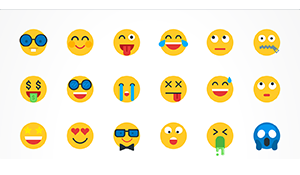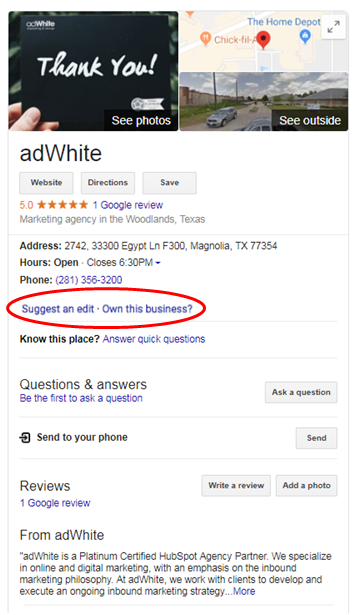
Blog

10 Client Types You May Want to Avoid
It’s a familiar story, repeated over and over again: you get a new client, you’re excited to work with them, you know exactly how to solve their problems. They’re excited to work with you, eager to make the most of your team’s expertise and ability to solve their problems. Everyone’s happy. Until … everybody’s not happy. The client doesn’t appreciate what you’re doing for them — or worse — has no idea at all what you’re doing for them. Eventually, the relationship degrades and you part ways, sometimes on good terms, sometimes on very much less-than-good terms.
How can you find clients who are a good fit for you from the beginning, so that the connection stays solid and successful for both parties? Do some personality sleuthing first. If you find a new prospect who exhibits some of these 10 characteristics, you might want to pass.
1. Dreamers
These are the Big Plans on a Budget folks. They want their website to look and function like Apple’s site, but they don’t have any money to spend. “We need the project done next week. Can you help?”
2. Experts
The Experts seemingly know everything about everything, and whatever they think is correct. Whether it solves the problem you’re trying to help them with or not, they always have the right answer.
3. Flip-Floppers
One day they’ll say one thing, the next they’ll say the opposite. Be prepared to dig through your emails to try to find evidence of what they said three weeks ago that contradicts today’s edict.
4. Bad Communicators
We’ve all gotten those emails that we read over and over again, trying to figure out what the client actually needs. The Bad Communicator is a master of making vague requests, directing unclear objectives and leaving out vital information.
5. Confuseds
Similar to the Expert, but somewhat less harmful, the Confused wants you to solve a problem he doesn’t understand, often with some very specific ideas about how you should go about it. Many times, this involves simply copying what his competition has done.
6. Emergency Alerters
The “priority” flags in their emails are usually a good indicator of what’s to come from this client — every time you hear from them, it’s an emergency. This makes it hard to tell what’s just a normal project and what’s truly urgent.
7. Pesterers
This is the client who sends you 11 emails overnight, then leaves voicemails to ask if you got the emails. He will later send you a text message just to make sure you saw the emails and voicemails.
8. Ghosts
Ghosts are experts at dumping a huge load of work on you — often late on a Friday afternoon — before disappearing for days on end. Sometimes this is book-ended by a “nevermind” message once you’ve spent time on the project.
9. Group Thinkers
Group Thinkers are masters at the Reply All button in their email app, trying to get consensus from everyone about issues that don’t require group approval, slowing down projects as everyone goes back and forth — all while keeping you in their email chain discussion.
10. TouchY-Feelies
This client craves constant contact, often wanting to set up an in-person meeting or a 30-minute phone call for an issue which could be resolved with a simple, well-communicated email.
Of course, no one client falls neatly into each one of these categories, and it can be difficult at the beginning of a relationship to see trends. Keep these in mind, though, and you’ll find friendly, understanding clients who give you time to think, offer constructive thoughts and provide positive feedback when warranted. We love our clients!
Subscribe to email updates
Recent posts

Related Articles

Topics

Topics

Topics






